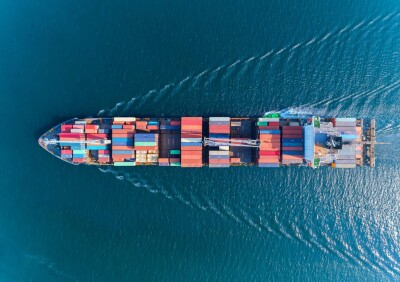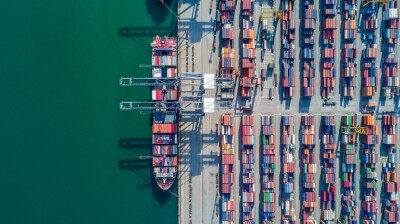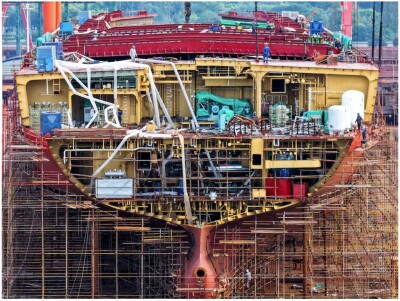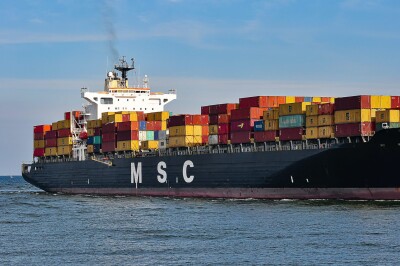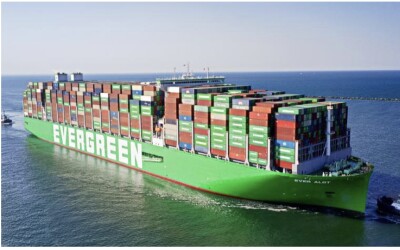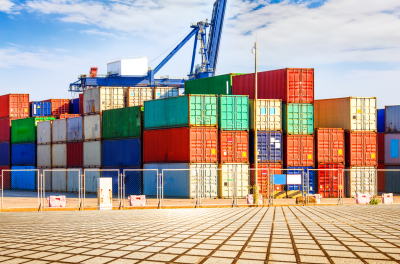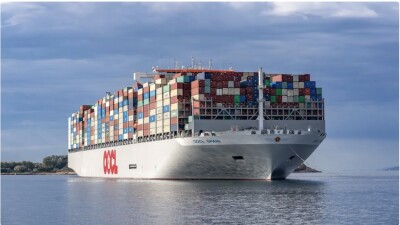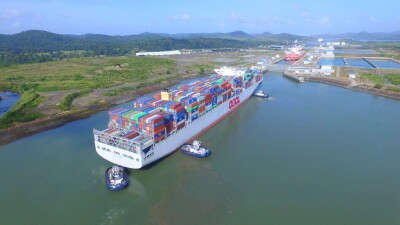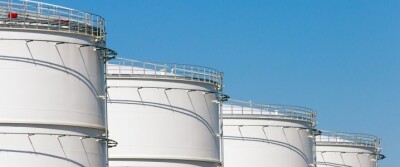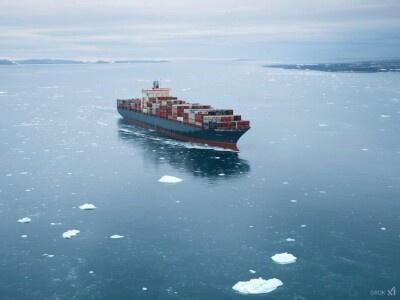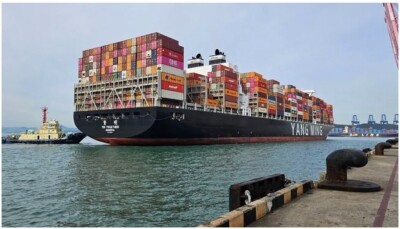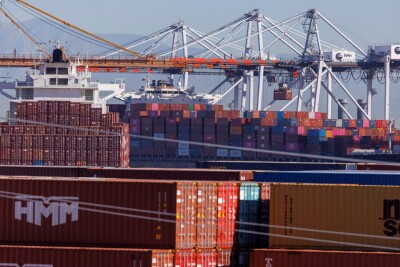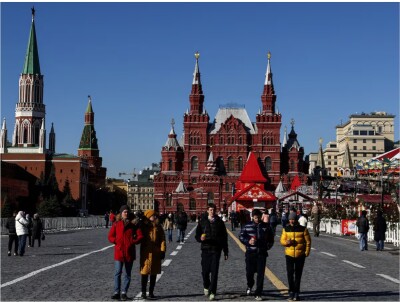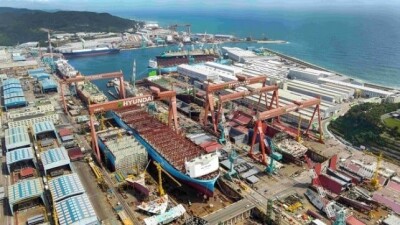US tightens trade fraud rules

Image: The White House
A $12.4m settlement under the False Claims Act in mid-August, the result of a Texas-based company and its president allegedly evading duties on imports from China, is a signal for shippers to be wary of the new Trade Fraud Task Force announced last week.
In May this year, acting assistant attorney general Matthew Galeotti identified “trade and customs fraud, including tariff evasion” as a priority for corporate enforcement.
Law firm Paul Weiss warned: “In the latest signal that the Department of Justice (DOJ) is prioritising enforcement of tariff evasion, on August 29, the DOJ announced the creation of a new “Trade Fraud Task Force” to “aggressively pursue enforcement actions against any parties who seek to evade tariffs and other duties.”
Paul Weiss pointed out that the White House has not given any further guidance on what the administration would consider to be transhipment, a key term for tariffs.
“The Executive Order [from 31 July] did not define ‘transshipment’ and, to date, CBP has not issued further guidance on this new tariff. Ordinarily, an import from multiple countries would be assessed under a country-of-origin framework that focused on whether a ‘substantial transformation’ of the product took place in the final country in the supply chain,” said the law firm.
On the same day as the trade fraud task came into being, the de minimis rules ended, rules which exempted small packages from tariffs. The White House is intensifying its policies on import duties with the expectation that the volumes into the US from southeast Asia and China will be significantly impacted.
Global Shippers’ Forum (GSF) director James Hookham told Seatrade Maritime News that the new tariff regime will settle in the coming months and that shippers require that stability.
“With reciprocal tariffs now announced for most countries everyone knows what they need to pay and whether it is still worth exporting to the US,” said Hookham, who went on to say that the market will find its new, higher, level over the coming months as US prices stabilise.
“Many companies are working on a US plus one, two or three partners, but they need Chinese tariffs to be settled,” added Hookham. However, the task force will make this kind of move riskier.
Meanwhile, the impact of import duties has already been felt with the latest data from Xeneta highlighting the decline in volumes to the US, with volumes to the US down 13.3% and 21% to the US West and East coasts respectively from July volumes, with the expectation that September will see further contraction and China’s week-long national day holidays signalling a further drop.
Asia to North Europe and Mediterranean freight volumes were also down 16.4% and 14.5% respectively since the end of July, but Atlantic freight had “less drama” with volumes dipping 3.5%.
According to Xeneta data, average spot rates as of 28 August were down to $1,852/feu Asia to US West Coast; : $2,873/feu Asia to US East Coast; Far East to North Europe $2,811/feu; $3,122/feu Far East to Mediterranean and $1,921/feu on the Atlantic, North Europe to US East Coast.
Peter Sand, Xeneta’s chief analyst noted: “The last time we saw rates this low [was] prior to escalation in the Red Sea, carriers were posting big losses. Carriers may still make big bucks in 2025 overall, but this profit will have been made during the volatility earlier in the year, with Q4 returning to loss-making in isolation.”
News




